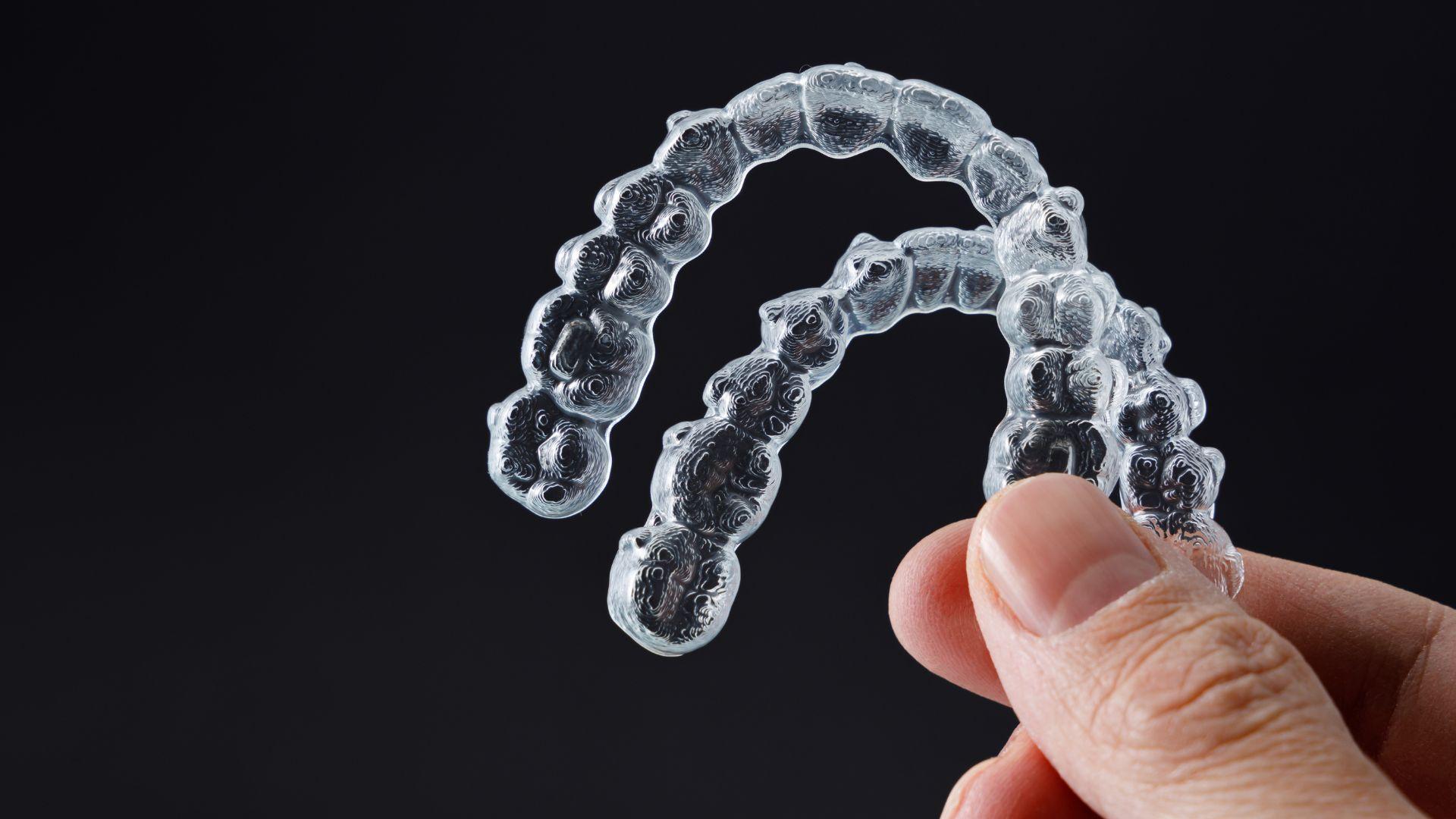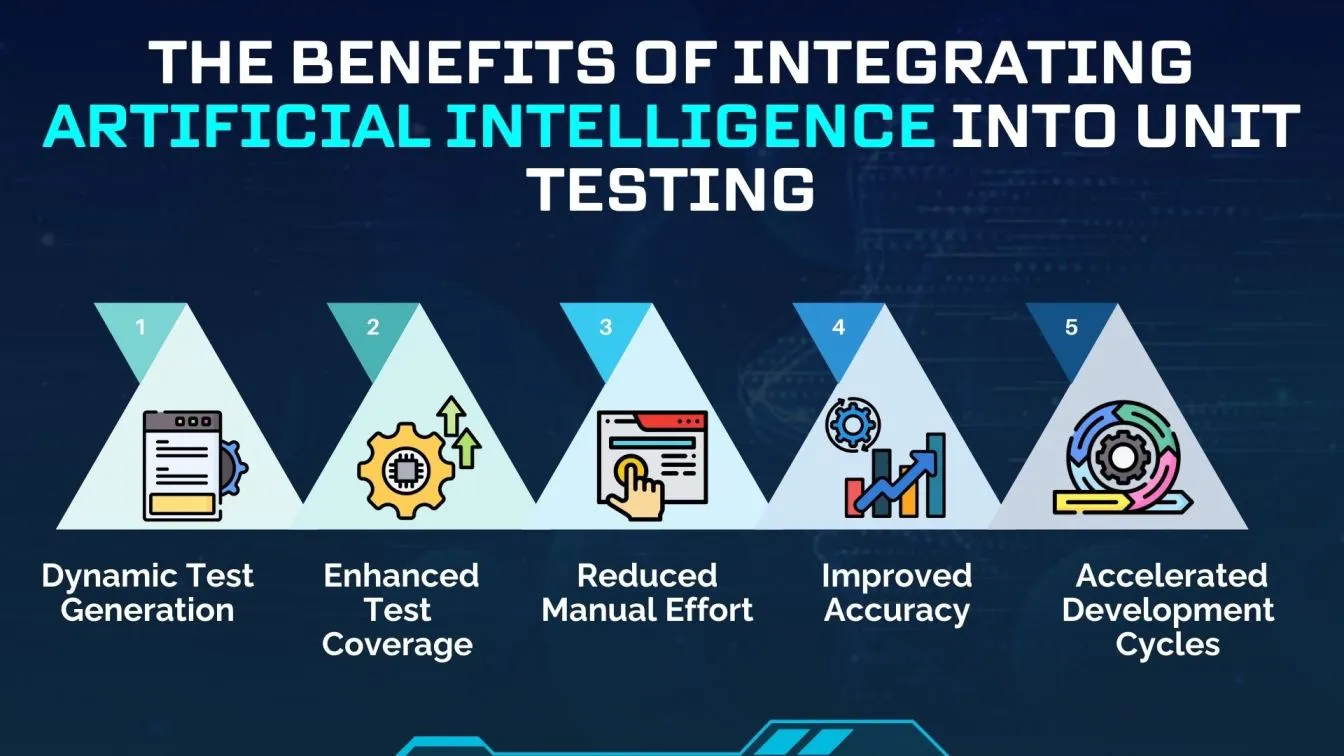Invisalign Aligners: A Modern Smile Solution

Invisalign has reshaped the landscape of orthodontics since its debut in 1998. Gone are the days when metal braces were the only path to straighter teeth. These transparent aligners offer a sleek, modern alternative. Millions have embraced this innovation for its subtle approach. It's a game-changer for those seeking a confident smile without the clunky hardware.
Why Clear Aligners Captivate
The allure of Invisalign lies in its near-invisibility. No one notices the aligners during a conversation or a smile. This discretion resonates with adults and teens alike. Social media buzz and patient testimonials have fueled its popularity. Invisalign represents a fusion of technology and aesthetics, making it a beacon of contemporary dental care.
How Invisalign Works
The Science of Tooth Movement
Invisalign harnesses the biology of bone remodeling to shift teeth. Gentle, controlled pressure stimulates cells to reshape the bone around teeth. This gradual process nudges teeth into alignment. Each aligner applies precise force tailored to specific dental needs. It's a methodical dance of biology and engineering, unfolding over months.
Technology Behind the Aligners
Advanced technology sets Invisalign apart. Digital 3D scans capture the teeth's current state with remarkable accuracy. ClinCheck software maps the entire treatment journey, predicting tooth movements. This allows orthodontists to craft custom aligners with pinpoint precision. The marriage of imaging and computer-aided design ensures a seamless, predictable process.
Benefits of Invisalign
Aesthetic Discretion
Invisalign's hallmark is its near-invisible design. The transparent trays blend effortlessly into daily life. No metallic gleam draws attention during meetings or social events. This subtlety empowers patients to pursue treatment without self-consciousness. It's a perfect fit for those who value a polished appearance.
Comfort and Convenience
Smooth, medical-grade polyurethane aligners minimize irritation. Unlike braces, there are no sharp brackets to scrape gums or cheeks. The removable design makes brushing and flossing easier. Patients can easily maintain their oral hygiene routine. Traditional braces can't compare to the comfort offered by Invisalign.
Flexibility in Daily Life
Invisalign adapts to varied lifestyles. Aligners can be removed for meals, allowing unrestricted eating. There is no need to avoid sticky or hard foods. This flexibility suits those who cherish culinary freedom. However, discipline is required to reinsert aligners promptly after eating or drinking.
Who Can Benefit from Invisalign?
Ideal Candidates
Invisalign is suitable for adults and responsible teenagers seeking discreet treatment. Those with mild to moderate dental issues thrive with this system. Professionals, students, or anyone who prioritizes aesthetics finds it appealing. A commitment to wearing aligners 20–22 hours daily is crucial. Motivated patients see the best results.
Conditions It Treats Effectively
Invisalign tackles a range of dental imperfections. Crowded teeth, gaps, overbites, underbites, and crossbites are within its scope. Mild to moderate cases respond exceptionally well. The system excels in aesthetic corrections, creating harmonious smiles that enhance overall facial appearance. Complex skeletal issues, however, may require alternative approaches.
The Invisalign Treatment Process
Initial Consultation and Planning
The journey begins with a thorough orthodontic consultation. Dentists assess oral health and alignment goals. Digital scans or impressions capture the teeth's current layout. This data informs a tailored treatment plan, outlining the timeline and expected outcomes. Patients gain a clear vision of their smile transformation.
Custom Aligner Creation
Using advanced 3D scans, Align Technology crafts bespoke aligners. Each set is designed to fit the patient's unique dental structure. Specialized labs ensure precision, minimizing errors. Patients receive multiple aligner sets to cover the treatment duration, each slightly adjusted to guide teeth progressively.
Wearing and Maintaining Aligners
Aligners must be worn 20–22 hours daily for optimal results. Patients switch to new sets every one to two weeks, as directed by their healthcare provider. Cleaning is simple—rinsing and gentle brushing keep aligners pristine. Regular check-ins with the orthodontist track progress and address any discomfort, ensuring a smooth experience.
Comparing Invisalign to Traditional Braces
Visual Appeal
Invisalign's clear aligners outshine traditional braces in terms of aesthetics. They're virtually undetectable, even up close. Braces, with their wires and brackets, are unmistakably visible. For image-conscious individuals, Invisalign offers a discreet edge. It's a clear choice for those who want treatment to go unnoticed.
Practical Differences
Invisalign's removability is a significant advantage. Eating, brushing, and special occasions are hassle-free. Braces, being fixed, impose dietary restrictions and demand meticulous cleaning. However, Invisalign requires discipline to maintain wear time. Braces ensure constant force, eliminating compliance concerns. Each has trade-offs, depending on lifestyle.
Challenges and Limitations
Compliance Is Key
Invisalign's success hinges on patient dedication. Aligners must be worn consistently; otherwise, progress will stall. Forgetting to reinsert them after meals can extend treatment. Responsible patients thrive, but those with erratic schedules may struggle. Fixed braces may be suitable for those who require less self-discipline.
Complex Cases May Need Alternatives
Invisalign isn't a cure-all. Severe malocclusions or intricate tooth rotations can challenge its capabilities. Significant jaw misalignments often require braces or surgery. Orthodontists carefully assess whether Invisalign is suitable or if traditional methods are better. Not every smile is an Invisalign candidate.
Long-Term Results and Maintenance
Ensuring Lasting Alignment
Post-treatment retention is critical. Teeth naturally tend to shift back without support. Invisalign offers Vivera retainers, custom-made for nighttime wear. Consistent use of locks in the new smile. Neglecting retainers risks undoing months of progress, so commitment remains essential.
Post-Treatment Care
A radiant smile demands ongoing care. Regular dental check-ups catch issues early. Maintaining dental health requires diligent brushing and flossing. Avoiding habits like teeth grinding or staining foods helps maintain results. With proper care, an Invisalign-treated smile stays vibrant for years.
Why Invisalign Fits Modern Lifestyles
Aligning with Busy Schedules
Invisalign integrates seamlessly into hectic lives. Its removable nature minimizes disruptions. Patients can eat, work, and socialize without constraints. Check-ups are brief, fitting easily into packed calendars. For those juggling careers or studies, Invisalign offers unmatched convenience.
Confidence in Professional Settings
A polished appearance matters in professional environments. Invisalign's discretion ensures confidence during presentations or client meetings. No one suspects ongoing treatment. This makes it ideal for professionals, from executives to creatives, who need to project poise without distraction.
Making the Decision
Evaluating Suitability
Choosing Invisalign requires weighing its strengths and the demands it presents. It offers discretion and comfort but needs dedication. Mild to moderate dental issues are ideal, while complex cases may not qualify. Comprehending these elements enables patients to make well-informed decisions that support their objectives.
Consulting an Orthodontist
Professional guidance is invaluable. Orthodontists assess dental health, lifestyle, and expectations. They clarify whether Invisalign is suitable for the patient's needs. A consultation provides clarity, empowering individuals to embark on their smile journey with confidence and realistic expectations.
FAQs
1. Can I eat while wearing Invisalign?
No, before consuming anything other than water, aligners should be taken out.
2. Will people notice I'm wearing them?
They're virtually invisible. Most people won't notice unless they're looking very closely.
3. What happens if I lose a tray?
Contact your provider. They may advise moving to the next set or ordering a replacement.
4. Can I have whiter teeth using Invisalign?
Yes, in some cases. Ask your dentist about whitening options during treatment.
5. Is Invisalign painful?
You may experience mild pressure when switching aligners, but most find it manageable and far less painful tha






